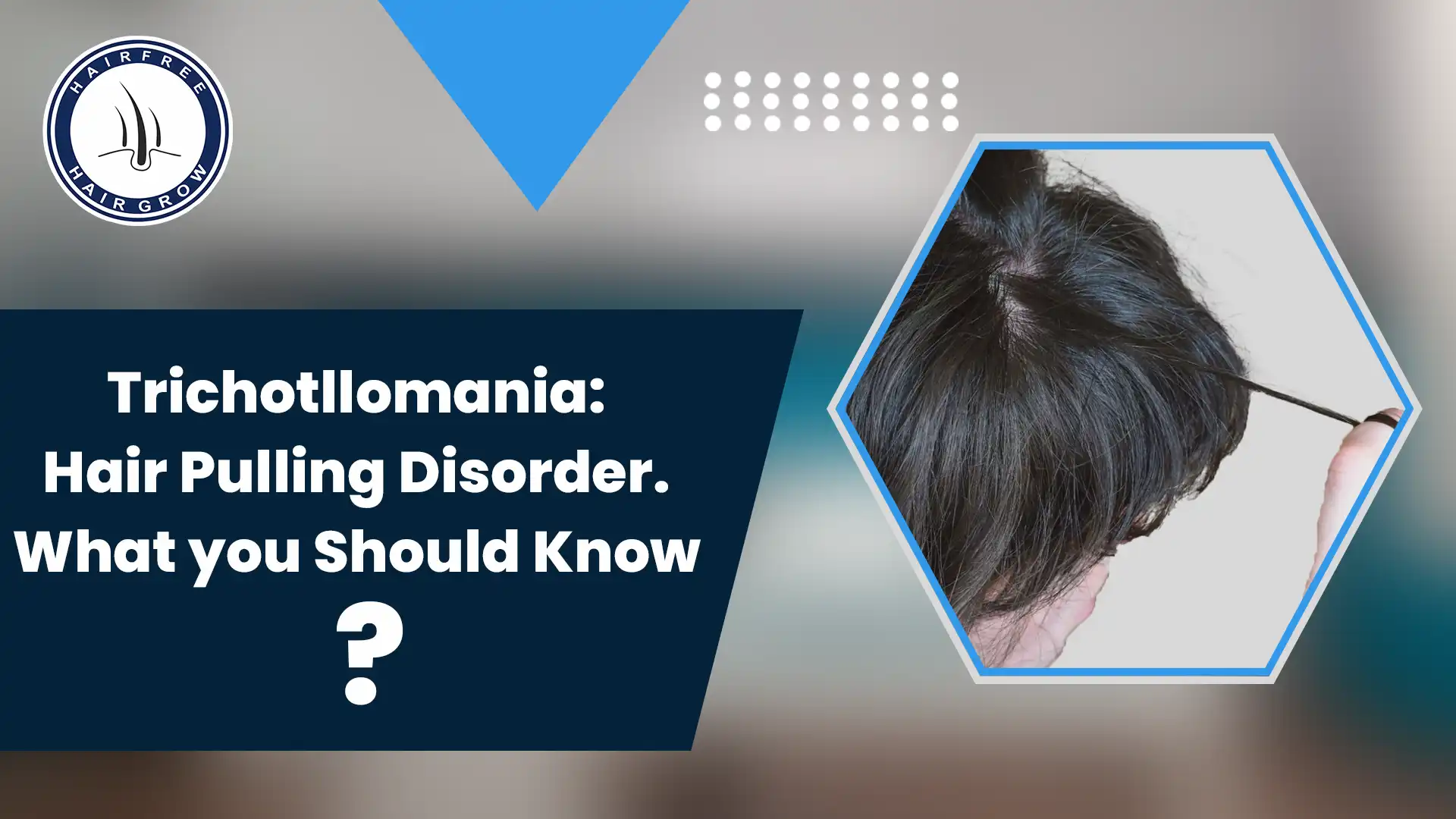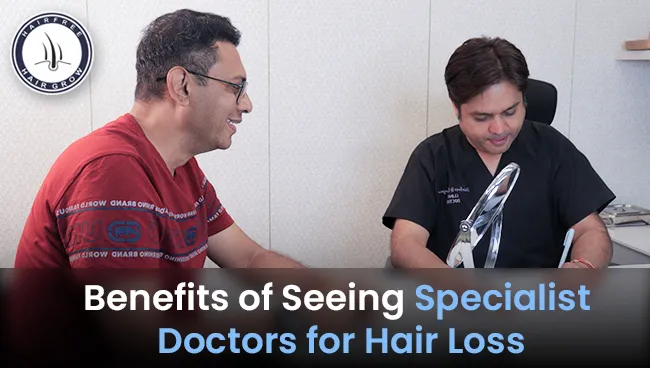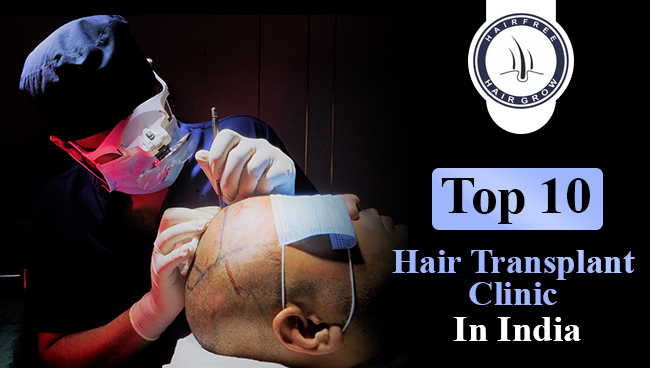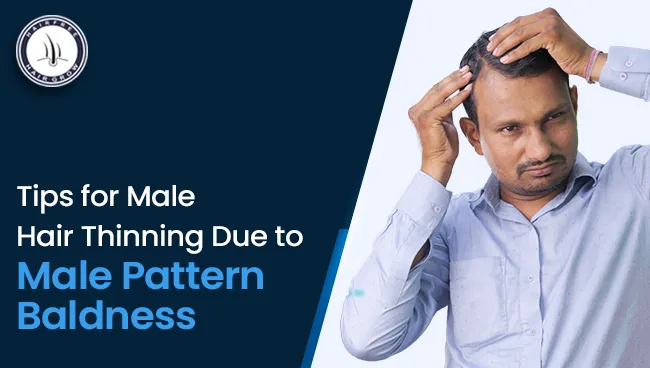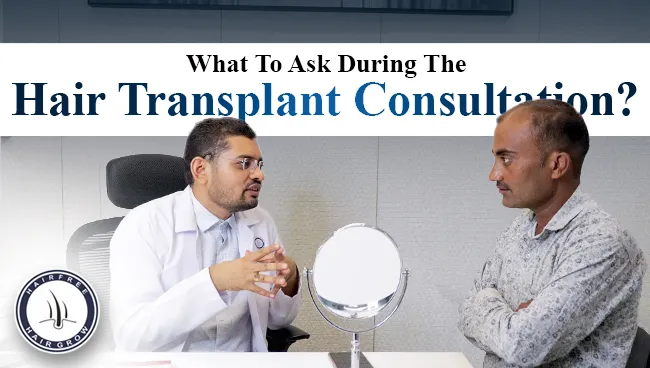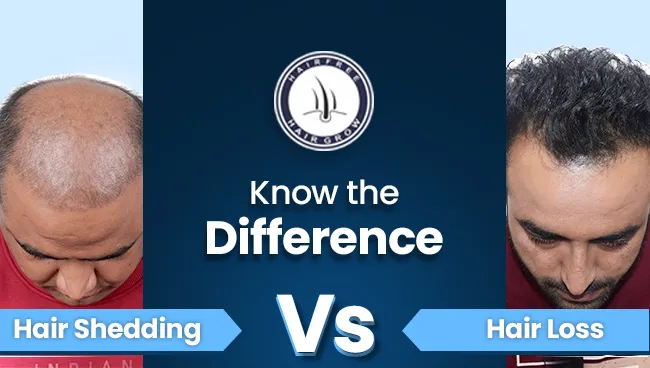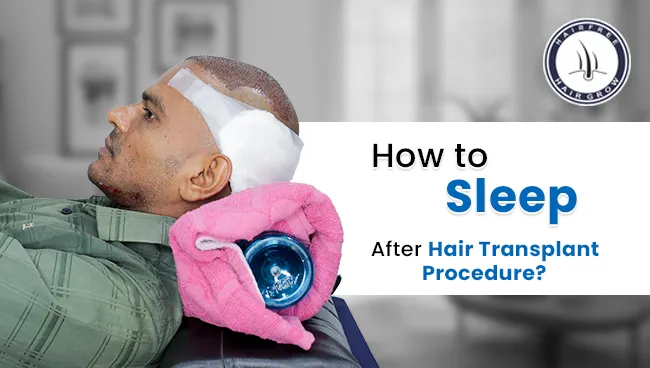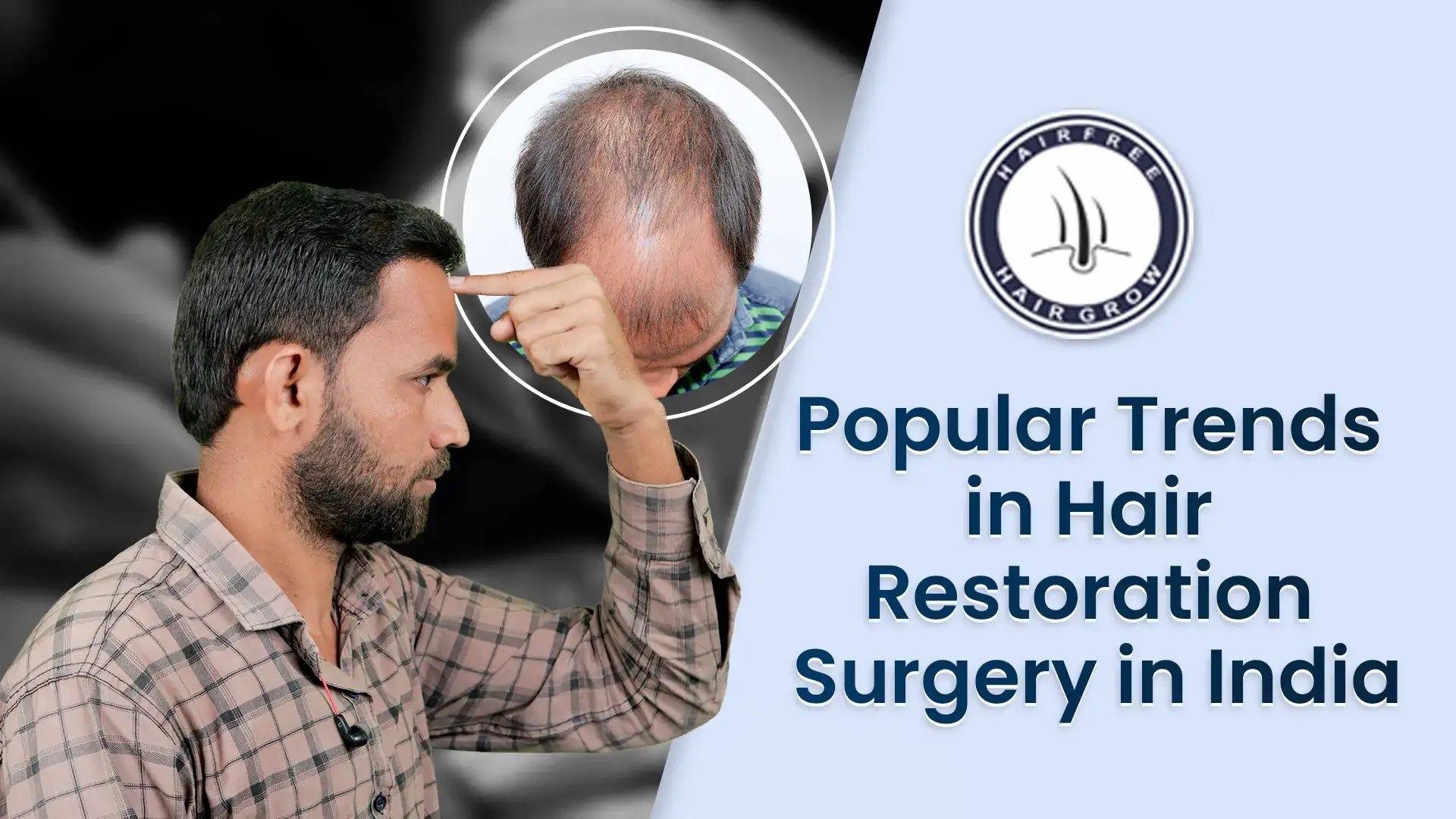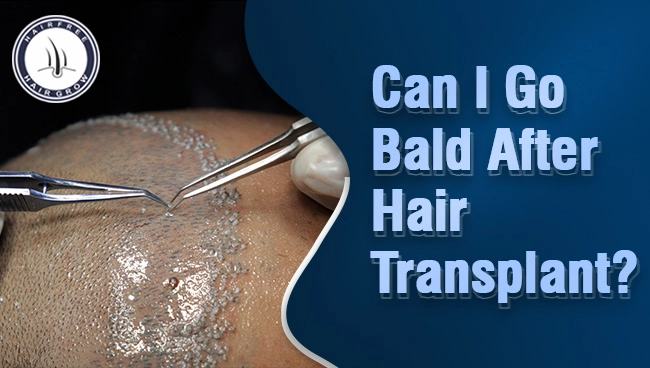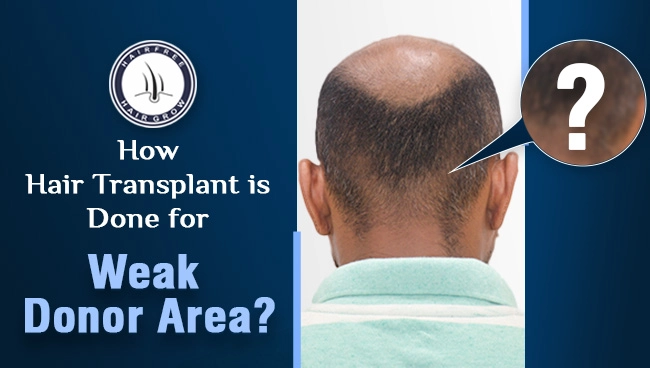Trichotillomania (TTM) is a psychocutaneous disorder characterized by the repetitive act of hair pulling causing hair loss. Children with TTM often pull out hair from their scalp, usually in one or two specific spots. However, people with TTM can pull hair from anywhere on their body, such as their eyebrows, eyelashes, or other areas. This can cause bald spots and thinner hair over time. Hair Pulling Disorder is a condition where individuals uncontrollably pull out their own hair, leading to hair loss and emotional distress.
TTM usually starts during the teenage years but can also appear in young children. It can last for many years, continuing into adulthood. In childhood, TTM affects boys and girls equally, but in adulthood, it tends to affect more women than men.
Some women feel a stronger urge to pull out their hair at the beginning of their menstrual cycle. A small study from 2018 suggests that hormonal changes during this time might affect TTM symptoms, but scientists aren’t sure why.
There’s also a case study from 2013 that suggests pregnancy-related hormonal changes might impact TTM symptoms. However, more research is needed to confirm this.
Percentage of Cases and Onset of Disease
In all of the hair loss cases, the actual percentage of Trichotillomania is between 0.6% to 3.4%, and a higher number of cases are noted to be women. The mean age of onset is between 9 to 13 years. The scalp is the most commonly described site but multiple sites like eyebrows, eyelashes, face, limbs, pubic area, underarms, and chest hair can also be involved.
Symptoms of Trichotillomania
People with trichotillomania experience an intense urge to pull their hair out, accompanied by growing tension until they do so. After pulling their hair out, they feel a sense of relief.
Hair pulling can be a response to stressful situations or done without conscious thought. While most individuals with trichotillomania pull hair from their scalp, some target other areas, such as:
- Eyebrows
- Eyelashes
- Genital area
- Beard or mustache
Bald patches on the head may have an unusual shape and often affect one side of the head more than the other.
Trichotillomania can cause feelings of shame and low self-esteem, leading those affected to keep their condition private.
Causes of Trichotillomania
Trichotillomania, or hair-pulling disorder, can be caused by several factors:
- Psychological Issues: Severe anxiety, depression, PTSD, OCD, and eating disorders can lead to trichotillomania. These conditions create stress, making hair-pulling a way to cope.
- Genetic Factors: If family members have trichotillomania, you might be more likely to develop it too.
- Social Factors: Traumatic childhood events like abuse or neglect can trigger trichotillomania.
- Neurobiological Factors: Brain chemistry and structure differences may make some people more prone to hair-pulling.
Trichotillomania is often caused by a mix of these factors.
Diagnosis of Trichotillomania
To diagnose trichotillomania, a doctor will talk with you about your medical history and your symptoms. They will use guidelines from the latest edition of the Diagnostic and Statistical Manual of Mental Disorders (DSM-5) to see if your symptoms match the criteria for trichotillomania.
According to the DSM-5, you may be diagnosed with trichotillomania if you meet the following criteria:
- You repeatedly pull out your own hair, leading to noticeable hair loss.
- You have tried several times to stop or reduce your hair-pulling behavior.
- Your hair-pulling causes you significant distress or problems in social, work, or other important areas of your life.
- Your hair-pulling or hair loss cannot be attributed to another medical condition, such as a skin disorder.
- Your hair-pulling is not better explained by another mental disorder, such as trying to fix a perceived flaw in your appearance, as seen in body dysmorphic disorder.
The doctor will also rule out other possible causes of hair loss and may refer you to a dermatologist (a skin doctor) for further evaluation.
Treatment Options for Trichotillomania (TTM)
Comprehensive Evaluation
A thorough evaluation of individuals with Trichotillomania (TTM) must be conducted by a physician trained in trichopsychodermatology. This should include a detailed medical history and an assessment of any history of trauma. This interdisciplinary approach focuses on both managing hair loss and minimizing hair-pulling behaviors.
Psychological Consultation
A psychologist should be consulted if the initial treatment does not yield positive results. The psychologist can provide necessary therapy and, if required, prescribe medications to help manage the condition.
Support System
Doctors should encourage the involvement of family and friends to support the individual with TTM. This condition often worsens during periods of loneliness. The presence of a supportive network can help the individual feel more composed and confident.
Hair Transplant Services
Never worry about hair loss when you come to HairFree and HairGrow. We offer the best hair care services and will diagnose your issues promptly, providing you with the best hair transplant solutions.
If you are looking for the best hair transplant clinic and the best surgeon, then Hair Free Hair Grow is one of the premier hair transplant clinics in India.
Written By
MD (Skin & VD)
Dr. Chintan Bhavsar specializes in addressing Hair Pulling Disorder (Trichotillomania), offering expert care and effective treatment plans. With a focus on patient well-being, he helps individuals regain confidence and achieve healthier hair through personalized solutions tailored to their unique needs
Disclaimer
We’ve made all possible efforts to ensure that the information provided here is accurate, up-to-date and complete, however, it should not be treated as a substitute for professional medical advice, diagnosis or treatment. See Detailed Disclaimers Here.

